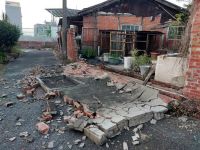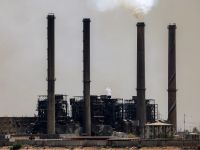The majority of MENA economies are expected to grow over the next year partially owing to higher oil production, according to asset manager PineBridge Investments.
“We expect economic growth across the region will increase moderately during the year, helped in part by higher oil production and concur with the IMF’s forecast of 3.8 percent real GDP growth for 2014 (up from 2.1 percent in 2013),” said Talal Al Zain, chief executive officer of PineBridge Investments Middle East.
“In the longer term, a growing young population, increasing consumption and rising budget expenditure should overcome policy challenges in many of these countries, creating promising conditions for investment.”
Al Zain said that economies across the MENA region face different kinds of policy challenges.
As economies such as Egypt need to work on stabilizing its political conditions, GCC states should continue their oil diversification policies and aim to be a service and manufacturing sector dependent economy, he said.
The MENA region and Turkey are also a fertile ground for private market activity, Al Zain added.
“High rates of economic growth are fostering the development of local small and medium-sized enterprises, which have substantial financing requirements. Investors and business owners need to access growth capital to seize opportunities ahead of competitors.”
The region will also benefit from new investments in infrastructure, the asset manager said.
According to PineBridge, limited access to growth capital in the region has been creating attractive conditions for sale-and-leaseback transactions in the real estate sector.
“Selling their properties and leasing them back over the long-term offers corporates a practical way of unlocking dormant capital that is invested in their operational real estate assets and channeling it back into their core business,” the asset manager said to The Saudi Gazette.
“Investing in existing buildings with high-quality tenants on long term leases appeals to a broad spectrum of real estate investors because it offers a favorable blend of low risk and stable long term yield.”
GCC markets are expected to show robust economic growth over the medium term due to economic diversification of their local economies, according to an Ernst and Young (EY) forecast earlier this year.
Qatar is expected to show the strongest medium-term growth at six percent followed by Saudi Arabia and the UAE, which are slated to grow by 4.3 percent and 3.9 percent respectively in 2013








